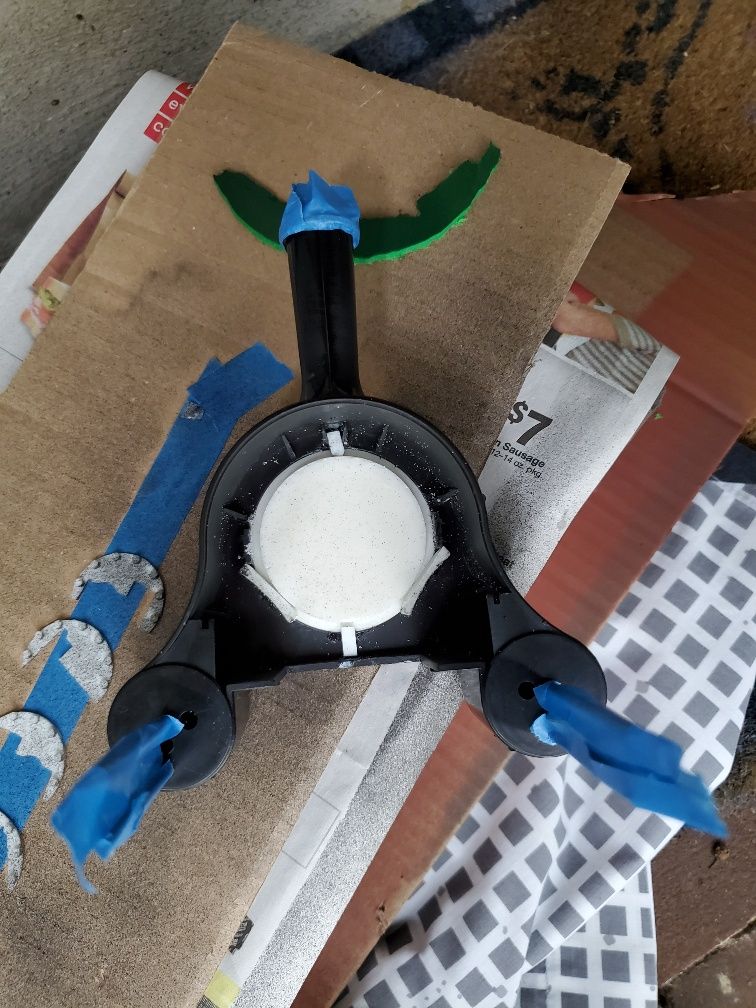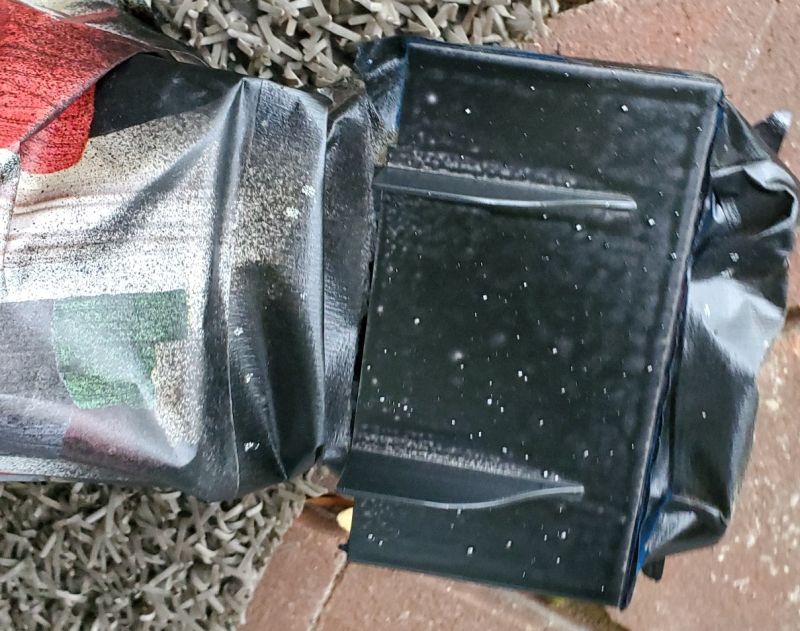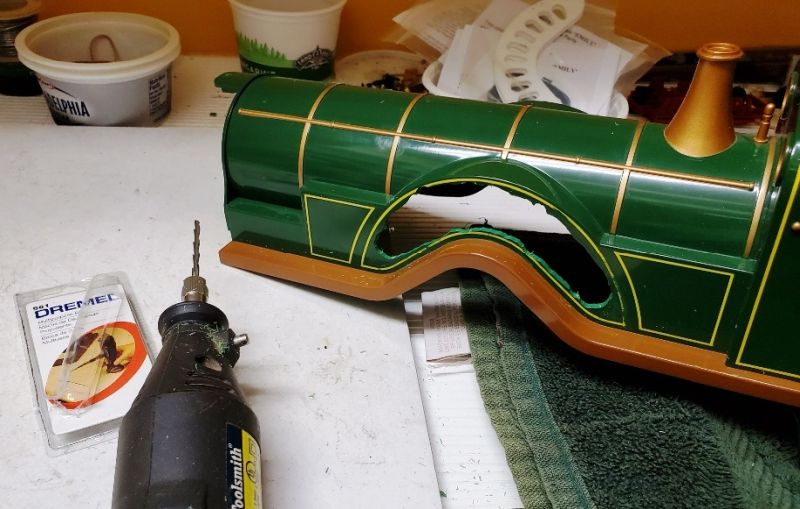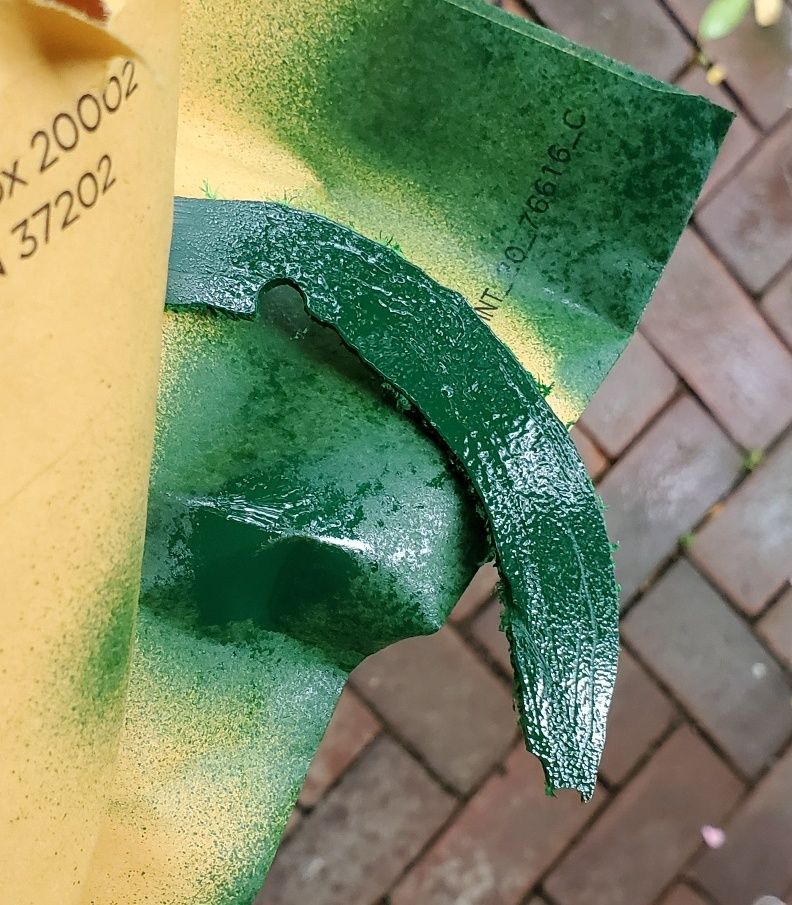I’m resurrecting this 2014 thread to offer a few observations about applying the Smallbrook Studios conversion kit to make Emily into a proper locomotive, a model of the Stirling Single. (Yes, I know it should be gauge-3 as it is standard gauge, but you can’t have everything.)
The link in the first post is still good, although the second one, back2bay6 is not. Jerry’s quot-emily-quot thread (link above) is a good resource, and here is another:
http://largescalecentral.com/forums/topic/21378/need-help-with-bachmann-emily-loco-face-removal-project
When I started unpacking the Smallbrook kit and trying to open up Emily, I found several bits of confusing information. In particular, to get the body off, Jerry mentions the screws behind the cylinders. There are two screws behind but inside the frame between the cylinders - these hold the smokebox on (along with the screw in the stack.) The body screws you want are hiding under the crosshead area - ‘behind’ meaning towards the rear. You don’t have to remove the brown splasher/fender bits under the footplate, but it might be easier to paint them separately.
Removing the eyes and the mechanism that wobbles them is straightforward. The smokebox front is equally problem-free. I did wipe it down with alcohol to reduce the casting residue, just in case. Smallbrook supplies two very small plastic tags to locate it, so I added some extra support inside.

You can also see the cylinder covers waiting for paint. It started to rain just as I went out to take care of them.
I did get one coat on the pilot frame, and as someone pointed out it does not take regular paint very well! This is Rustoleum paint+primer in satin black.

While waiting for the rain to stop, I attacked the splashers (fenders) over the driving wheels. Not only do you have to cut a slot so you can see the wheels rotating inside, but there’s a black plastic cover on the chassis as well. (That’s my next job.) I marked the slot on the side of the splasher, used my #11 chisel blade to scrap off the yellow lining as much as could be scraped, and then clamped it in the vice and got out my Dremel 561 multipurpose tool. I used it for cutting extra windows in coaches, so I was aware that it tried to wander and cut where it shouldn’t - a very steady hand is needed. This pic shows the bit, the cut, and the new splasher front behind.

Finally, I took the piece cut out and sprayed it with Hunter Green to see if it was anywhere near a match. It did not sit down very well either:

I will have to go back and re-read what Jerry and co did to make the paint stick. . .
I will also have to figure out what tool will cut away the inner fender. My Dremel is too dangerous with the wheel behind. I may be able to separate the wheel from the frame while I do it. Hmmm . .





